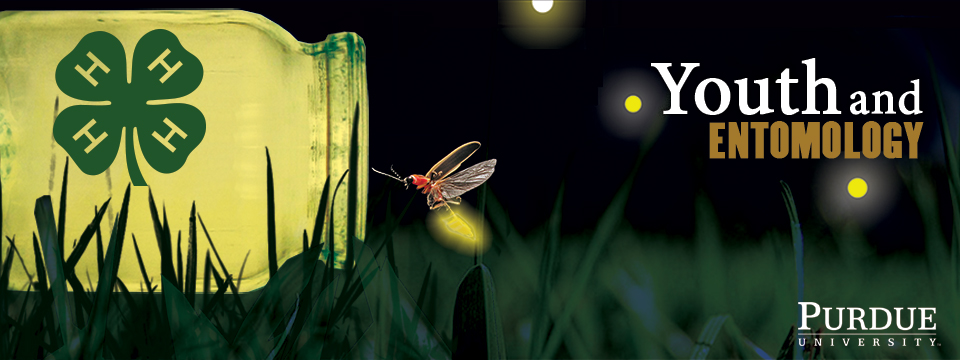

|
|
Bed Bug damage
(John Obermeyer, Purdue University) |
|
Common Name: Bed Bug - damage
See also: adult | larva Scientific Name: Cimicidae: Cimex lectularius Status: blood-feeding pest of people Damaging Stage: nymph and adult Injury: Bed bugs have a long history with humans and are well known people pests. In the recent past, they were largely eradicated from the United States. However, very recently they have made a dramatic comeback and are now considered serious urban pests in the United States and throughout the world. Although they do not transmit diseases, they are responsible for considerable physical and emotional irritation due to their blood-feeding activities. Bed bugs usually bite people at night while they are sleeping. Although symptoms after being bitten vary, most people develop an itchy red welt. Action Threshold: Bed bugs hide very well in tiny crevices and cracks. Therefore, finding one bed bug may be a sign of an infestation. They are usually discovered after people investigate the cause of itchy, red bite marks. Management: These insects are extremely difficult to control. Professional treatments applied in concert with cultural management techniques are required. Scouting must be thorough to ensure that all possible bed bug hiding places are discovered. Chemical controls must be directed to the insect harborage site to be effective. Physical controls such as heating or freezing as well as use of specially designed mattress encasements have been found to be effective. Cultural controls including laundering contaminated clothing, decluttering the surrounding areas, and placing restrictions on bringing used furniture into buildings have proven to be effective when used in a concerted IPM program. |
 |
||||||||||||||||
|
|
|||||||||||||||
|
Purdue Extension Entomology, 901 West State Street, West Lafayette, IN 47907 USA, (765) 494-4554 Department of Entomology | College of Agriculture | Extension © Purdue University | An equal access/equal opportunity university | Integrity Statement | Copyright Complaints | Maintained by ENTM IT Trouble with this page? Disability-related accessibility issue? Please contact us at entmwebmaster@purdue.edu so we can help. | ||||||||||||||||
